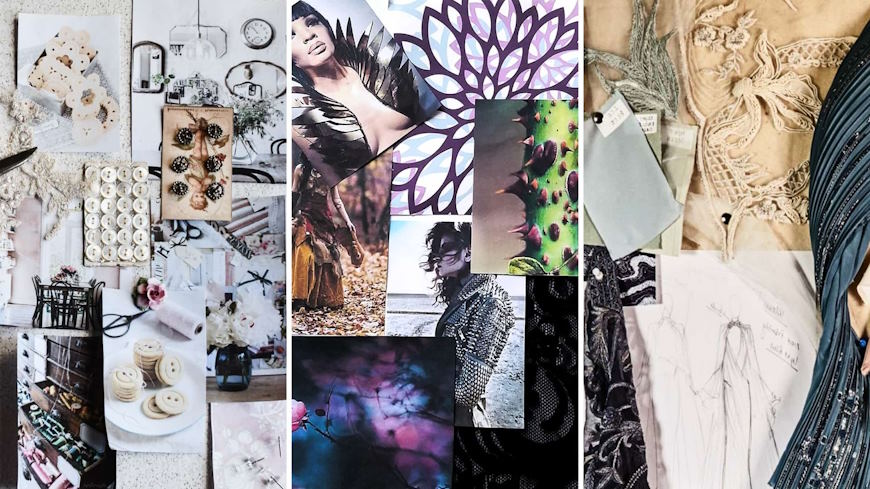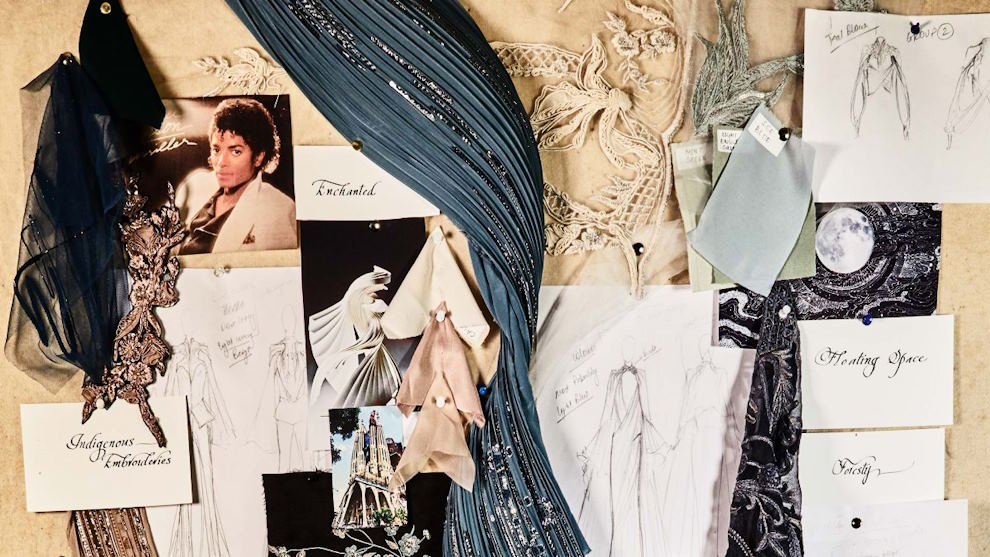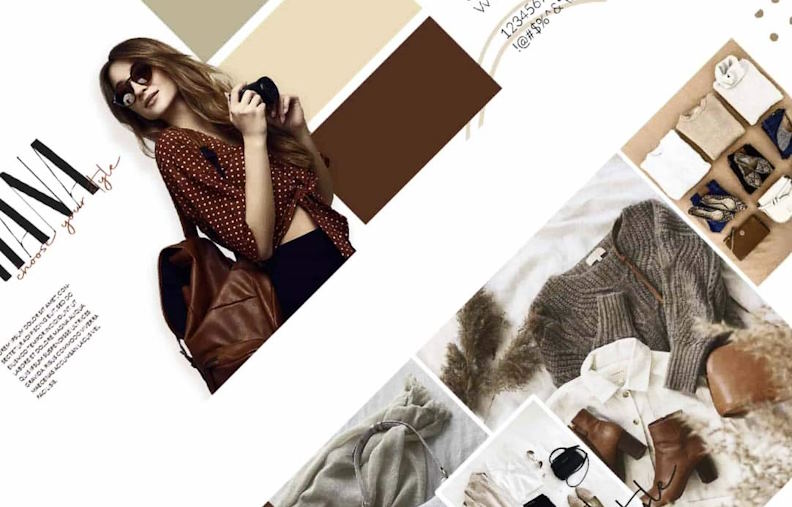
In the fashion industry, mood boards are more than just a collage of pretty pictures—they are a foundational component that influences design decisions, brand identity, and overall project coherence. Whether you’re working on a new clothing line, planning a photoshoot, or simply seeking to refine your personal style, a well-crafted mood board can make all the difference. From defining your purpose and gathering inspiration to selecting key elements and arranging them harmoniously, this guide will equip you with the knowledge and techniques needed to create an impactful fashion mood board.
Gather Inspiration
Alright, let’s dive into the exciting part of creating your fashion mood board—gathering inspiration! Think of it as your treasure hunt for style gems that will make your board shine.
First up, magazines! Remember flipping through glossy pages, getting lost in the world of fashion? Magazines are still a goldmine for inspiration, offering a curated selection of trends, editorials, and runway looks. Grab your favorite fashion mag and start snipping away!
Now, let’s talk social media. Platforms like Pinterest and Instagram are like vast virtual closets filled with endless outfit ideas, fashion editorials, and street style snaps. It’s like having a personal stylist at your fingertips! Scroll, save, and get inspired by the diverse range of styles and aesthetics.
Don’t forget about fashion blogs and websites—they’re like your fashion BFFs, always there to offer advice and inspiration. Whether it’s niche blogs or mainstream fashion websites, you’ll find a wealth of style inspiration and insider tips to fuel your creativity.
Once you’ve gathered your inspiration, it’s time to organize! Think of it as sorting through your wardrobe—putting together outfits that complement each other. Create folders or boards for different themes or elements to keep your ideas neat and easily accessible.

Select Key Elements
Now that you’ve got a pile of fashion inspo, it’s time to pick out the key elements that will make your mood board pop! Think of it like choosing ingredients for a recipe—each element adds its own flavor to the mix.
First up, let’s talk color palette. Just like painting a masterpiece, selecting the right colors sets the mood for your fashion journey. Are you going for bold and vibrant, or soft and pastel? Pick a palette that speaks to your aesthetic and ties everything together seamlessly.
Next, textures and fabrics are like the spices of your fashion dish—they add depth and richness to your looks. Whether it’s luxurious silk, cozy knitwear, or edgy leather, mixing and matching textures can elevate your style game to new heights.
Patterns and prints are like the seasoning in your fashion stew—adding that extra punch of personality. From classic stripes and florals to bold animal prints and geometric designs, don’t be afraid to play with patterns and let your creativity shine.
Now, let’s not forget about the star ingredients—key fashion pieces and accessories. These are the statement pieces that anchor your looks and make them uniquely yours. Whether it’s a killer pair of shoes, a statement bag, or a standout accessory, choose pieces that reflect your personal style and make a statement.

Arrange Your Board
Now that you’ve gathered all your fashion goodies, it’s time to arrange them on your mood board like pieces of a puzzle. Think of it as playing stylist with a blank canvas—except this canvas is your mood board!
First things first, let’s talk layout and composition. Just like arranging a photo collage on your wall, you want to create a visually pleasing arrangement. Experiment with different layouts—symmetrical, asymmetrical, or grid-style—to see what feels right for your vision.
Balancing different elements is key to creating a harmonious look. Think of it as finding the right mix of flavors in a recipe—you want each element to complement the others without overpowering them. Play around with scale, color, and texture to strike the perfect balance.
Creating a cohesive look ties everything together like the final touch of seasoning on a dish. You want your mood board to tell a story—to have a consistent theme or vibe that flows seamlessly from one element to the next. Whether it’s a color scheme, a style aesthetic, or a mood, make sure every element contributes to the overall cohesiveness of your board.

